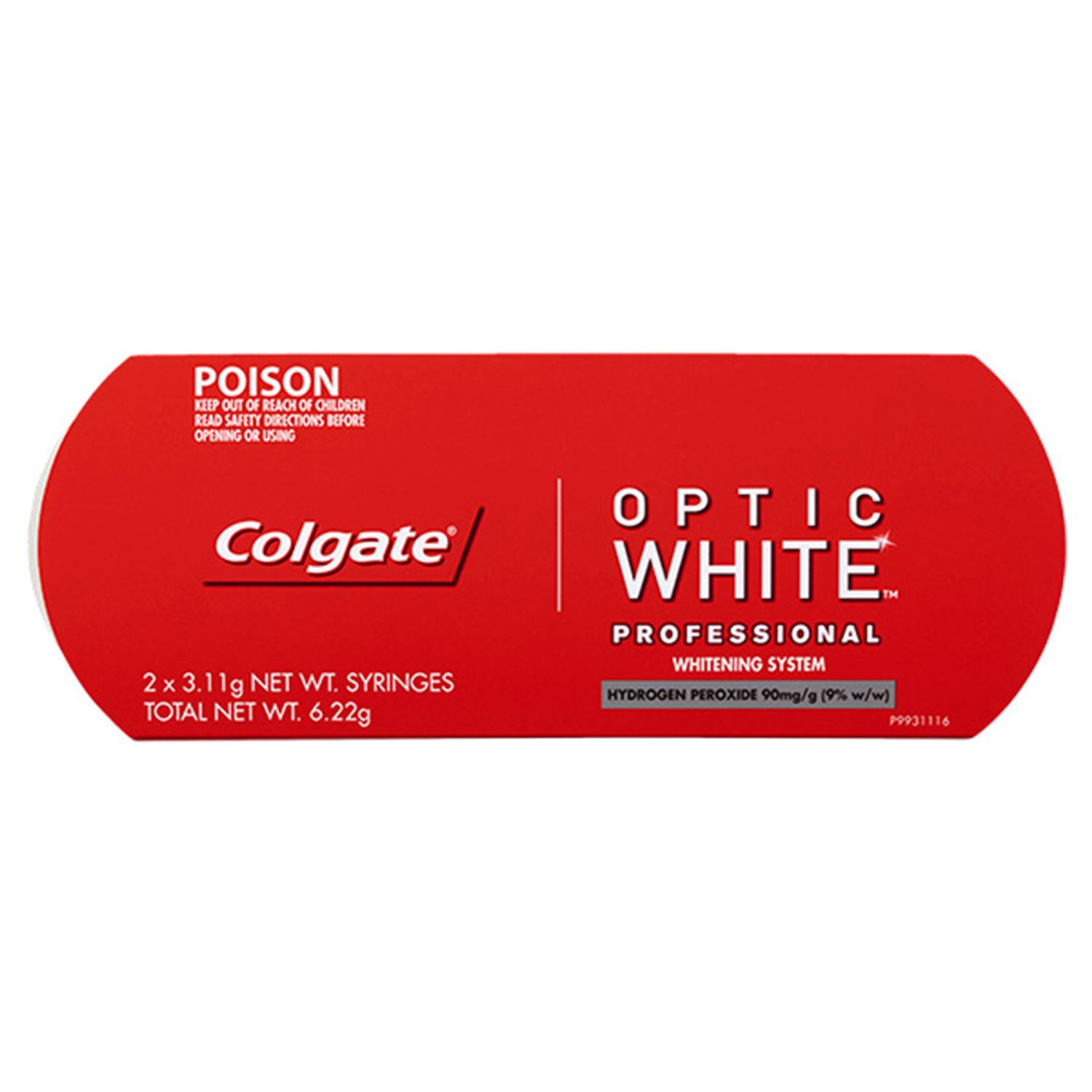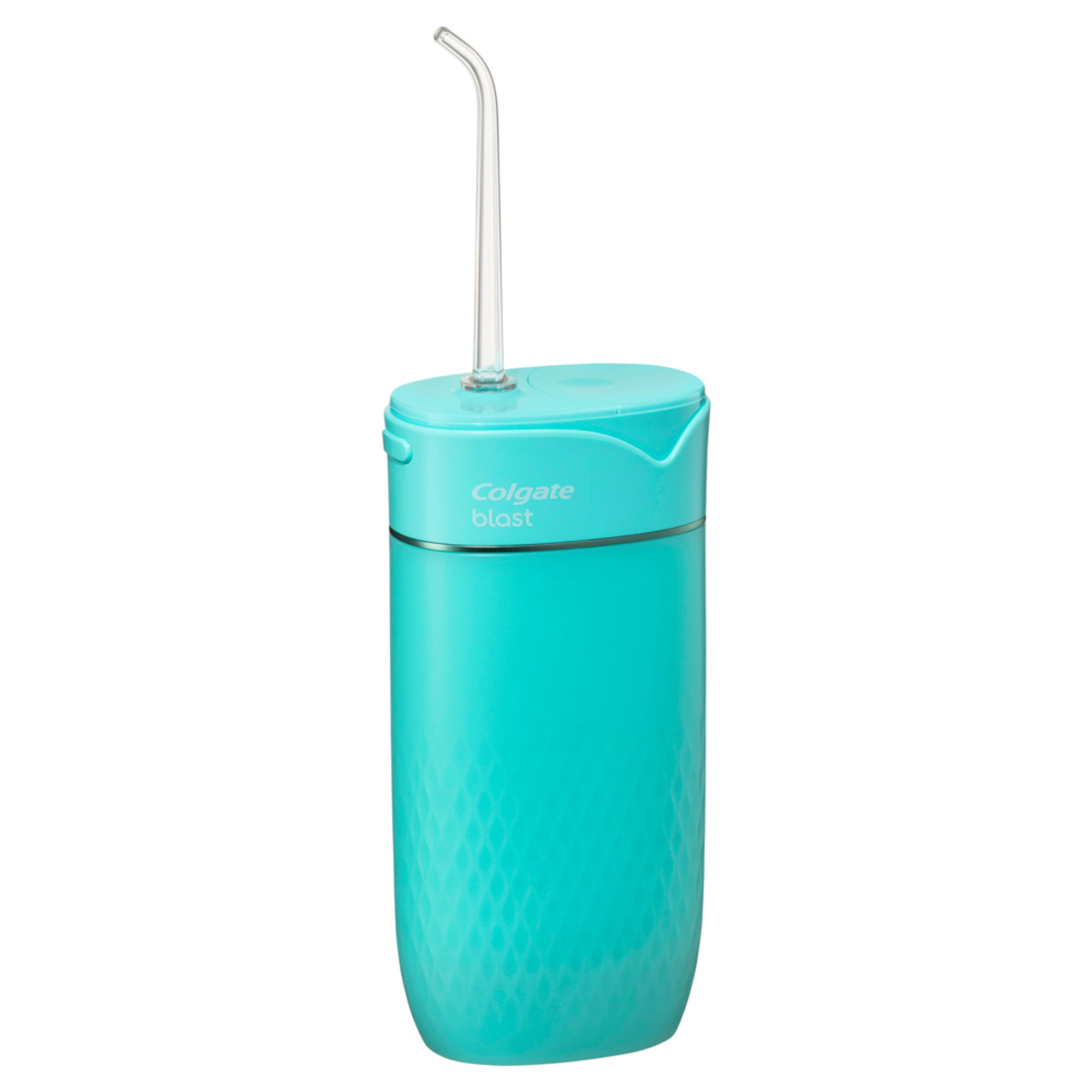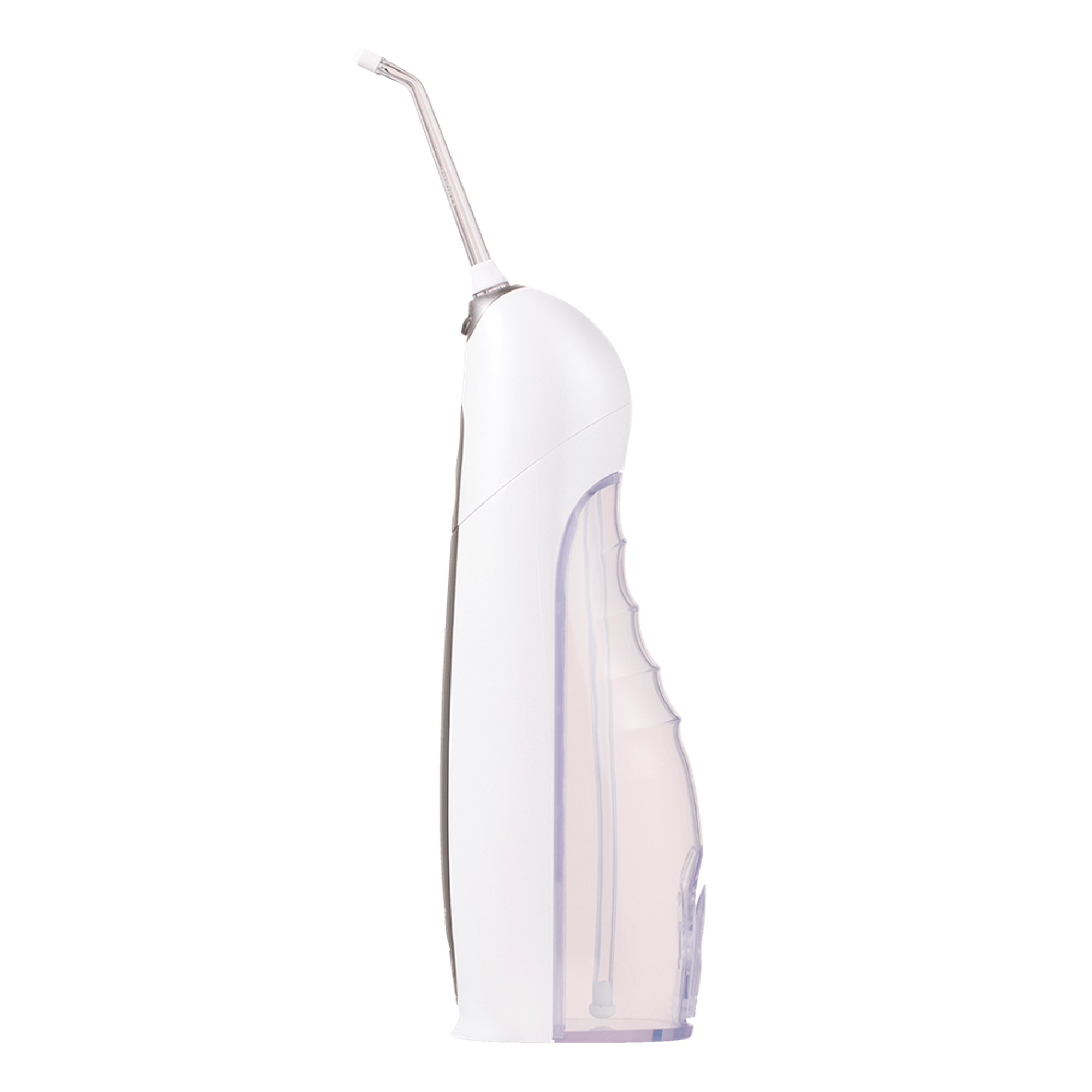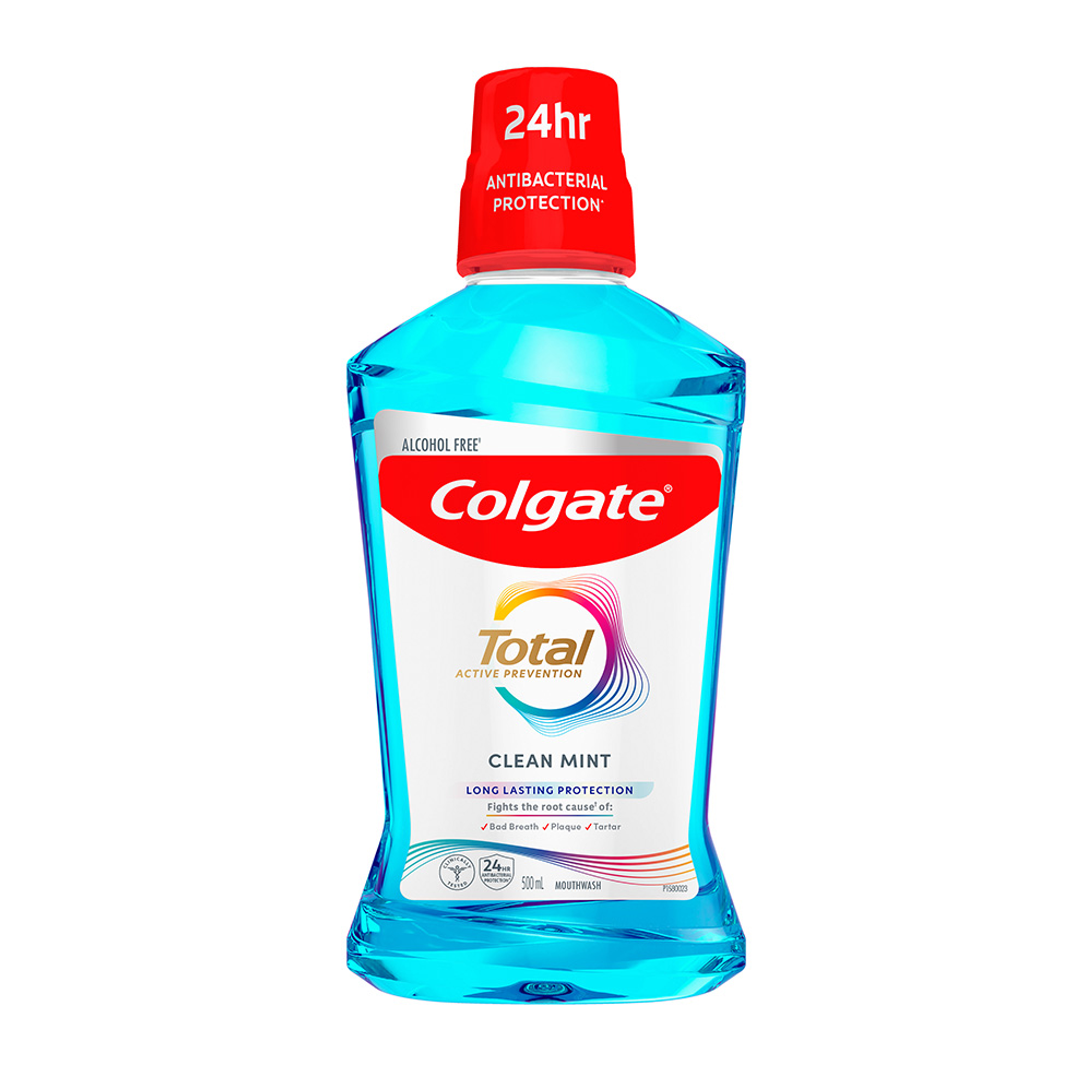-
Top Professional Products



-
Professional Articles
- Caries
- Dry Mouth
- Enamel Erosion
- Gum Issues
- Orthodontics
- Pediatric
- Sensitivity
- Whitening
- Social Responsibility
- Career Development
-
- Home
- Patient Education
- Toothbrush Care And Replacement
How can I take care of my toothbrush?
To keep your toothbrush and yourself healthy, make sure you let it dry out between uses. Toothbrushes can be breeding grounds for germs, fungus and bacteria, which after a while can build up to significant levels. After using your toothbrush, shake it vigorously under tap water and store it in an upright position so that it can air out.
To prevent cold and flu viruses from being passed between brushes, try to keep your toothbrush from touching others when it is stored. A standard toothbrush holder with slots for several brushes to hang upright is a worthwhile investment in your family's health.
How often should I change my toothbrush?
Most dental professionals agree you should change your toothbrush every three months. Studies show that after three months of normal wear and tear, toothbrushes are much less effective at removing plaque from teeth and gums compared to new ones. The bristles break down and lose their effectiveness in getting to all those tricky corners around your teeth.
How can I protect my toothbrush when traveling?
A plastic toothbrush case will protect toothbrush bristles from becoming squashed or flattened in your traveling kit. After brushing, however, you should let your toothbrush dry in the open air, to help reduce the spread of germs.
Related Articles

Oral Health For Infants And Toddlers | Colgate® Professional

Teeth whitening is one of the most commonly requested treatments by patients, and there are many reasons why patients will want to whiten their teeth.

Your teeth can become discoloured by stains on the surface or by changes in the tooth enamel and dentine. Dentists divide discolouration into three main categories:
Related Products

Help Keep Patients More Informed
Share articles, videos and PDFs to help your patients learn more about specific conditions and effective treatments for a healthier smile.





